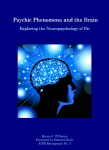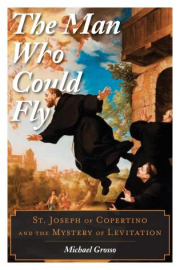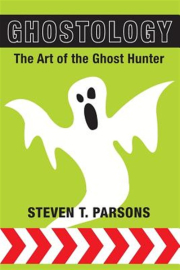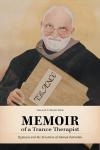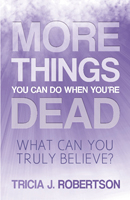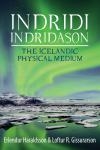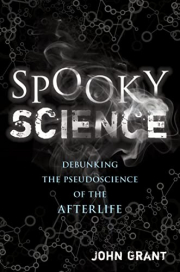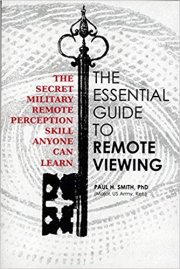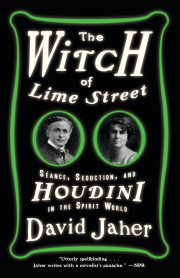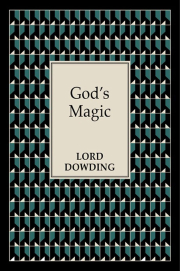From the publisher’s website: The authors´ preoccupation with Indridi Indridason spans several decades. Erlendur Haraldsson first read about him in the 1960s, perhaps earlier. He joined the Psychology department at the University of Iceland in 1973 and, during his course on paranormal phenomena, he would regularly discuss Indridason, Iceland’s most prolific physical medium. Loftur Reimar Gissurarson, one of Haraldsson’s students, soon became interested and wrote his BA thesis on Indridason (Gissurarson, 1984).
Based on their research, they co-authored a monograph entitled The Icelandic Physical Medium Indridi Indridason, which was published in the Proceedings of the Society for Psychical Research (Gissurarson and Haraldsson, 1989). The monograph was subsequently reprinted partially and in full in Renaitre 2000 in France, Luce e Ombra in Italy, andParapsykologiske Notiser in Norway.
Loftur continued the work and co-authored with William Swatos, the book Icelandic Spiritualism: Mediumship and Modernity in Iceland (Swatos and Gissurarson, 1997), much of it dealing with Indridi and the history of Mediums and Spiritualism in Iceland.
Shortly after the year 2000, two Experimental Society minute books dating back to the Indridason period were unexpectedly found that contained new information (Haraldsson, 2009). Some time later, Haraldsson delved into the new material which resulted in three major articles being published in the Proceedings and the Journal of the Society for Psychical Research (Haraldsson, 2011, 2012a) and the Journal of Scientific Exploration (Haraldsson and Gerding, 2010). It soon became obvious that only a book would do justice to Indridi, as he deserved to be known to the wider international public. This is that book.
About the authors
Erlendur Haraldsson is a Professor emeritus of psychology at the Faculty of social science at the University of Iceland who, despite having retired from his former post at the University of Iceland, continues to be an active academic. He has published work in various psychological and parapsychological journals, and done work with Ian Stevenson on reincarnation research and Karlis Osis on deathbed visions. As well as doing work in Iceland, Haraldsson worked in the United States and at the Institute for Frontier Areas of Psychology and Mental Health in Freiburg, Germany. While in the United States, he worked with J.B. Rhine.
He has written several books including Modern Miracles: Sathya Sai Baba. The Story of a Modern Day Prophet (2013), At the Hour of Death (1997), and The Departed Among the Living: An Investigative Study of Afterlife Encounters (2012)
Loftur R. Gissurarson studied psychology at the Universities of Iceland and Edinburgh where he obtained his PhD from Robert Morris and John Beloff. He worked as a Post-doctoral Research Fellow sponsored by Trinity College, Cambridge, before taking up a post as Chief Psychologist at the Regional Office for the Disabled in Reykjavik. Dr. Loftur later joined an Icelandic geothermal development company as Managing Director of Quality, Environment, Health & Safety and is now working for the company mainly in Africa and the Caribbean.


